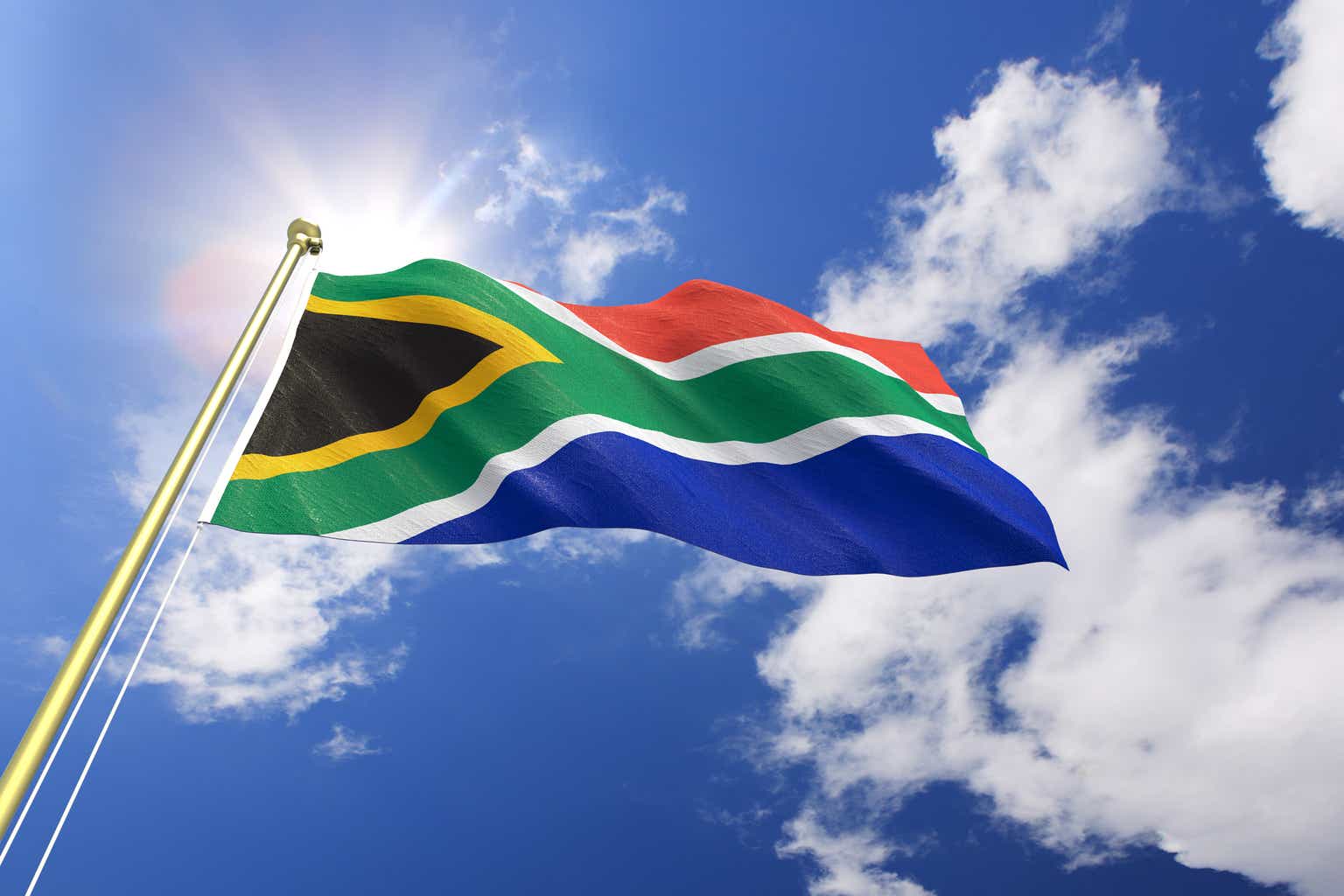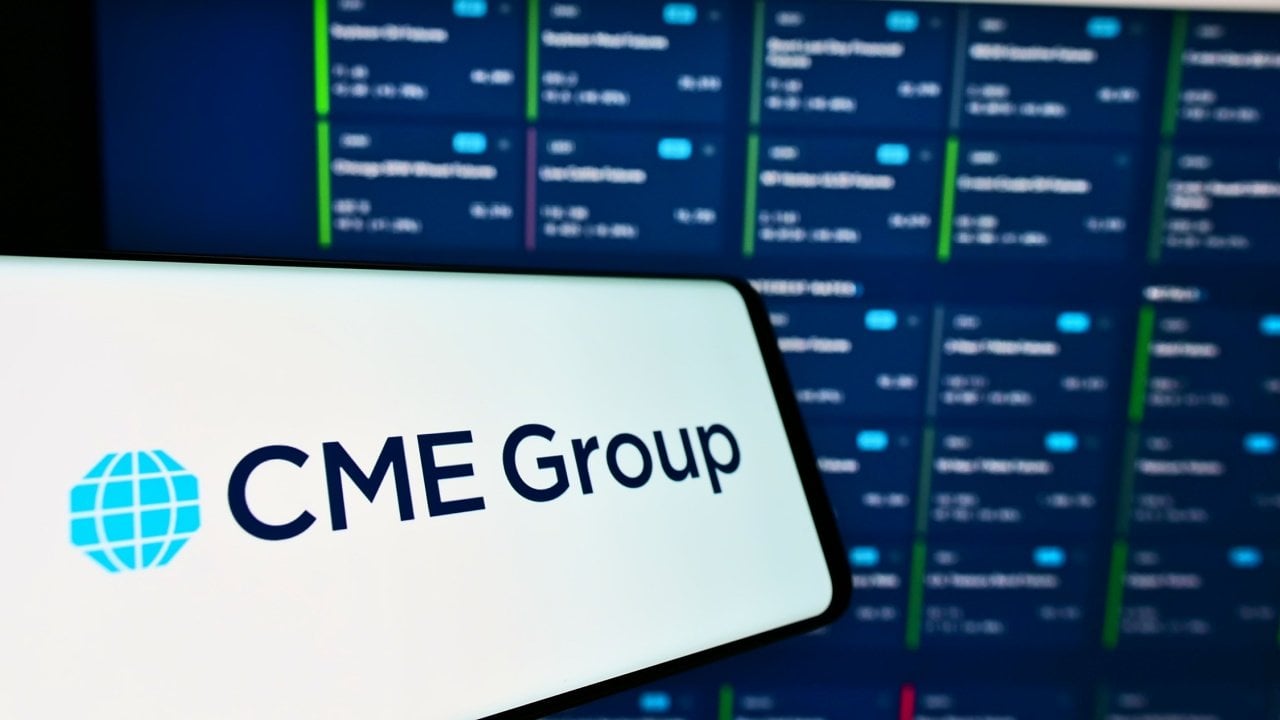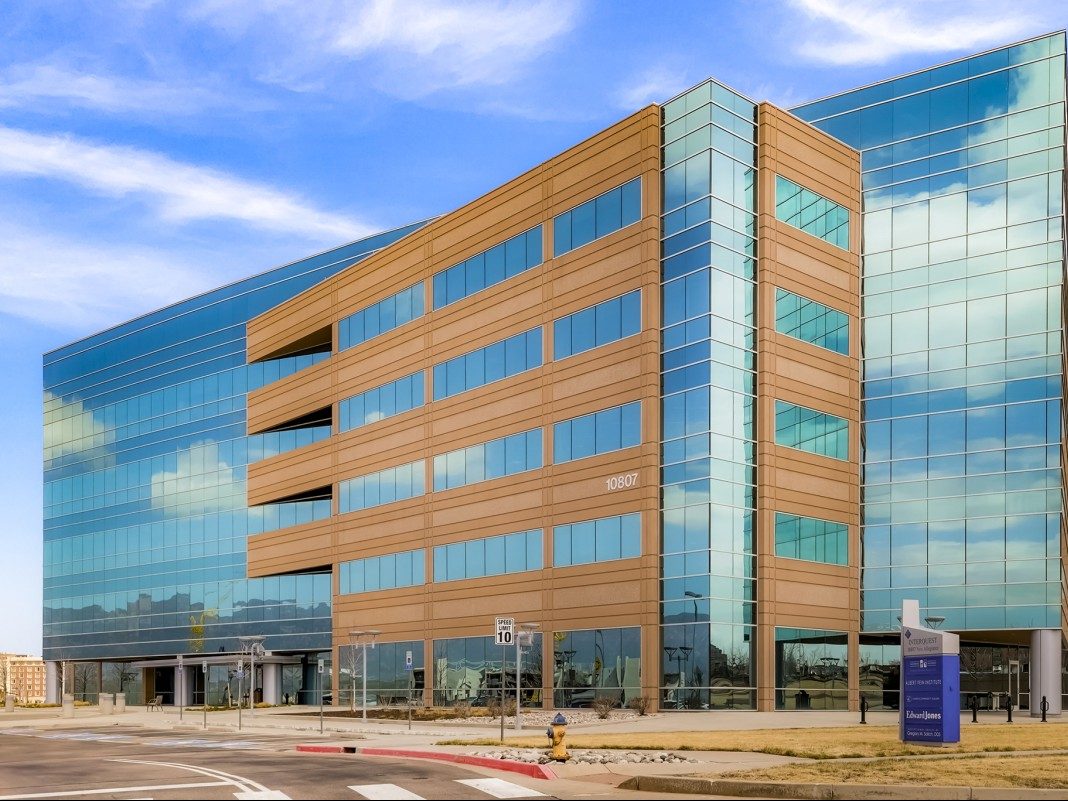I have written in this space before about how technology artefacts can be used as instruments of power. Privacy is dead, and people the world over have become pawns in Big Tech’s relentless move to commoditize and sell human beings and their data. At the same time, image recognition algorithms baked into artificial intelligence (AI) systems have proven problematic. They harbour the biases of their programmers. This is not new; even the construction of US road bridges in New York state has been shown to have racist or discriminatory undertones in their design. This time, I want to focus on how technology artefacts can be used well in an unusual context.
I recently visited the breathtaking reconstruction of the Ramcharitmanas of Varanasi at the Museum of Art & Photography (MAP) in Bengaluru. MAP is the brainchild of Abhishek Poddar, an old friend who donated all his art and built this museum in a labour of love. I was so taken with the work that I asked Poddar if I could see MAP’s chief technology officer (CTO), who technologically curated the reconstruction. Mayank Manish, founder of Opezee, volunteers his time as MAP’s CTO. He and his teammate Raghava Kumar walked me through what the team had done.
The Ramcharitmanas of Varanasi originated in that culturally rich city and is also known as the ‘illustrated’ Ramcharitmanas. Like Kamban’s re-creation in Tamil of the original Sanskrit epic by Valmiki, the Ramcharitmanas was written by the saint poet Goswami Tulsidas in a local language for a broader audience. His version is a 16th-century epic. Like Valmiki’s and Kamban’s epics, it narrates the story of Lord Rama, focusing on his trials, triumphs and moral teachings. The Varanasi version was an embellishment of Tulsidas’s original work, with intricate illustrations to go with almost 1,000 pages of its timeless verses. It married the literary richness of the text with the visual allure of artistic expression, using scenes from Varanasi as a basis for illustration. Each visual was a masterpiece in its own right, depicting a key moment from the narrative with exquisite craftsmanship.
However, despite its significance, the fate of many pages from the original illustrated edition remains mysterious. As with many historical artefacts, its pages were vulnerable to neglect, decay and damage. Unsurprisingly, they were also dispersed through the looting and selling of individual pages to collectors. MAP began with access to only 70 or 80 pages of the initial anthology. This loss is particularly poignant in the context of art exhibitions, where curated collections tell stories, evoke emotions and inspire dialogue.
However, technological advancements in digitization, virtual reality (VR), and AI have revolutionized how we interact with art and cultural artefacts. Digital tools let us preserve and reconstruct lost art in unimaginable ways. The technology team at MAP was lucky in that a complete photographic record (in black-and-white) of the pages of the Varanasi Ramcharitmanas had been made by an American team in the early 20th century; this record was made available to MAP. Collectors also came forward by donating some lost pages to the exhibition or making them available for digitization.
This allowed for creating high-resolution scans and photographs of the pages, preserving them in a digital format that can be easily accessed and shared. The MAP team’s VR efforts took this a step further, offering immersive experiences at MAP that allow viewers to enter a virtual gallery and explore the artworks as if they were physically present within the painting. VR reconstructions of lost exhibitions offer an opportunity to experience and appreciate art that may no longer exist in the physical world. These VR reconstructions offer a glimpse of the opulent world of old Varanasi and bring to life the exquisite illustrations that once adorned its pages.
AI also played a role in the reconstruction process, with algorithms capable of analysing visual artefacts and generating plausible reconstructions of lost pieces. While AI-driven reconstructions may not be perfect replicas, they offer valuable insights into the appearance and context of the original artworks. In MAP’s case, they could colourize the monochromatic American photographs to replicate the original.
MAP occupies a small space in Bengaluru, and space is always a constraint for large exhibitions. Even if the entire manuscript had been available, MAP would not have had the space to exhibit it, but the digitization of the masterpiece allowed for a physical-cum-virtual exhibition. MAP is now at the point where the entire reconstructed exhibition can be held simultaneously at several centres worldwide. Museums worldwide have approached MAP to conduct this virtual exhibition in their locales.
The reconstruction of lost art exhibitions represents a vital endeavour in preserving cultural heritage. By harnessing the power of technology and leveraging visual artefacts such as photographs, we can breathe new life into lost masterpieces and ensure that they continue to inspire and captivate audiences for generations to come.
The illustrated Ramcharitmanas from Varanasi is a compelling example of the potential of technology and visual artefacts to reconstruct lost art. Through collaboration, innovation and a deep appreciation of the past, we can honour the legacy of our artistic heritage and keep alive the stories and traditions they embody.















